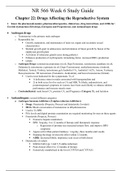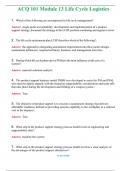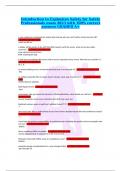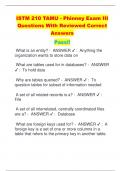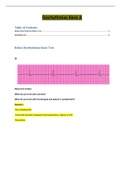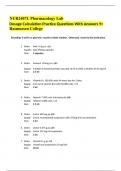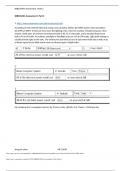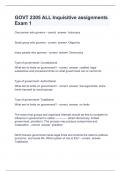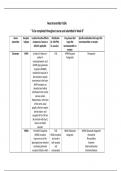Summary
Summary Chamberlain College of Nursing - NR 566 week 6 complete study guide / NR566 Week 6 Study guide:Latest 2021
- Course
- Institution
Summary Chamberlain College of Nursing - NR 566 week 6 complete study guide / NR566 Week 6 Study guide:Latest 2021Summary Chamberlain College of Nursing - NR 566 week 6 complete study guide / NR566 Week 6 Study guide:Latest 2021
[Show more]
